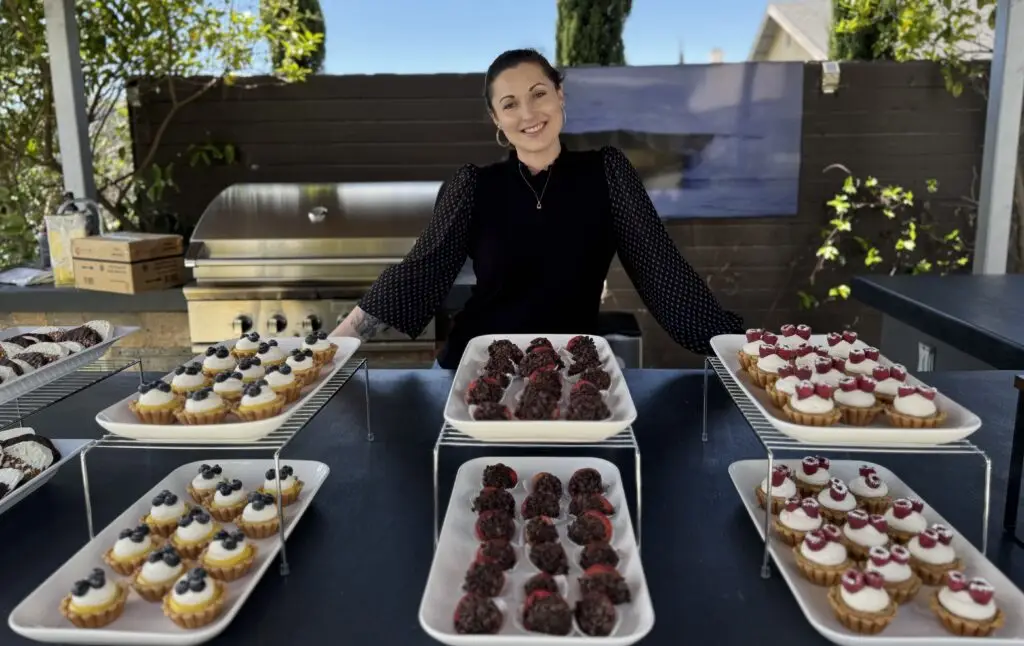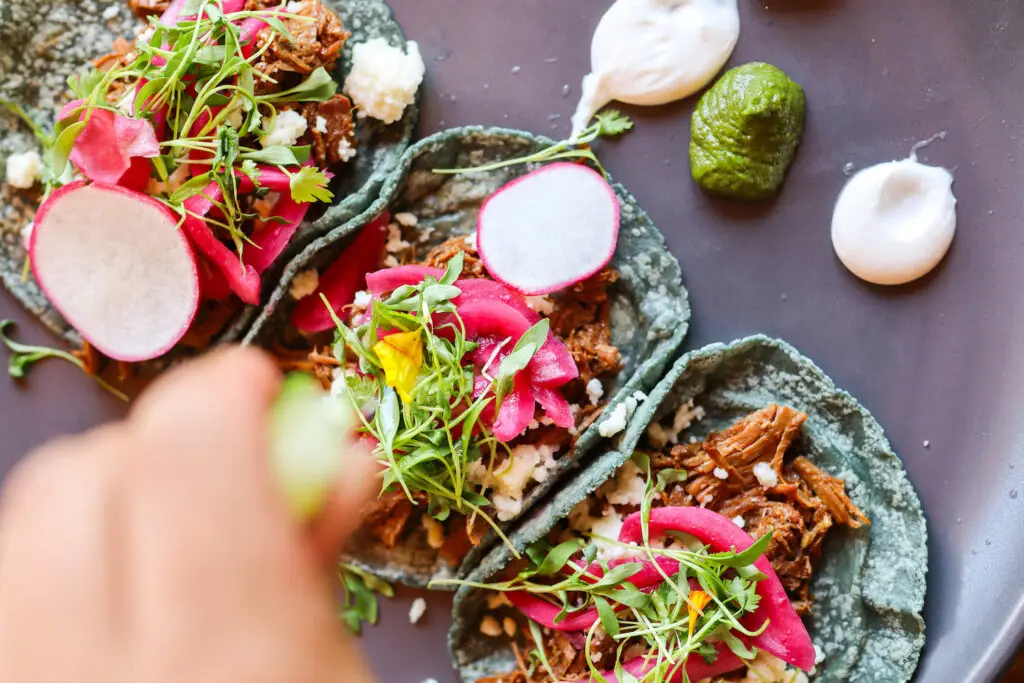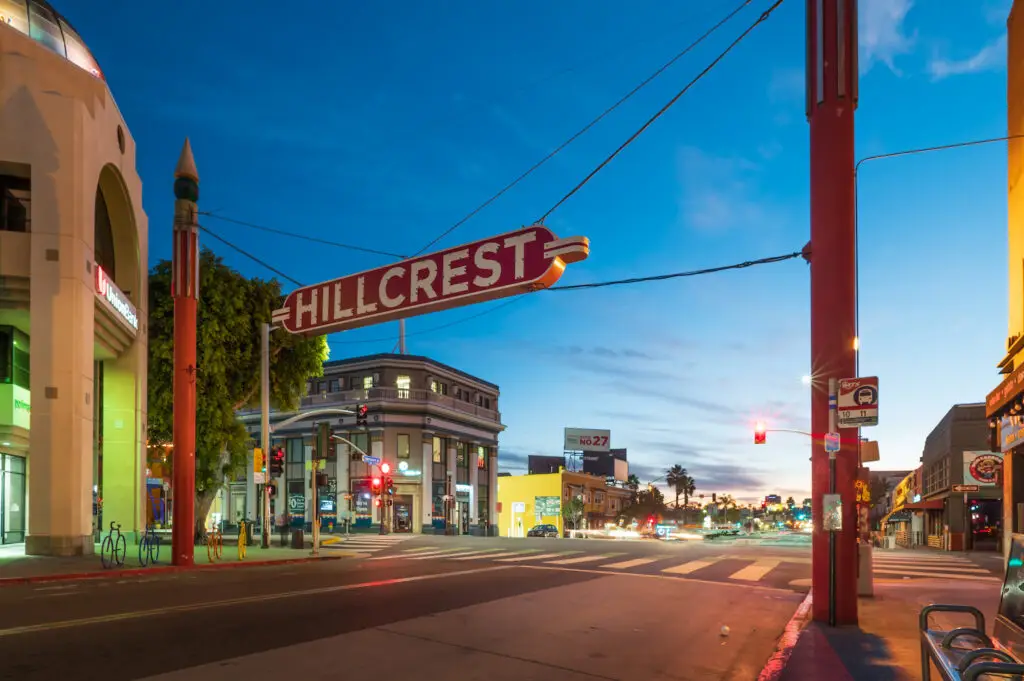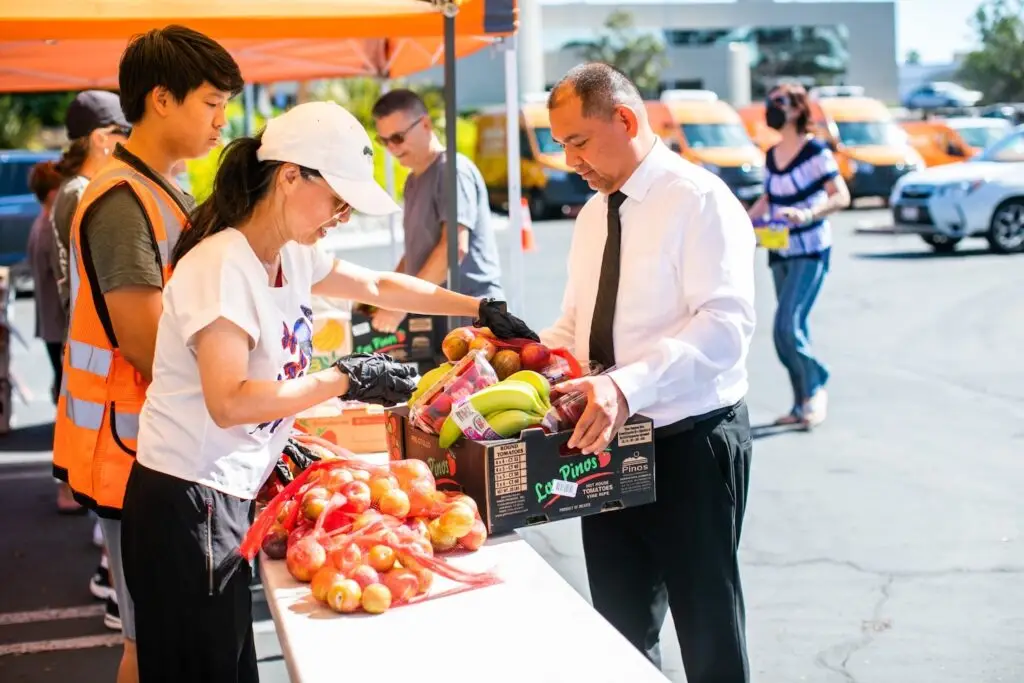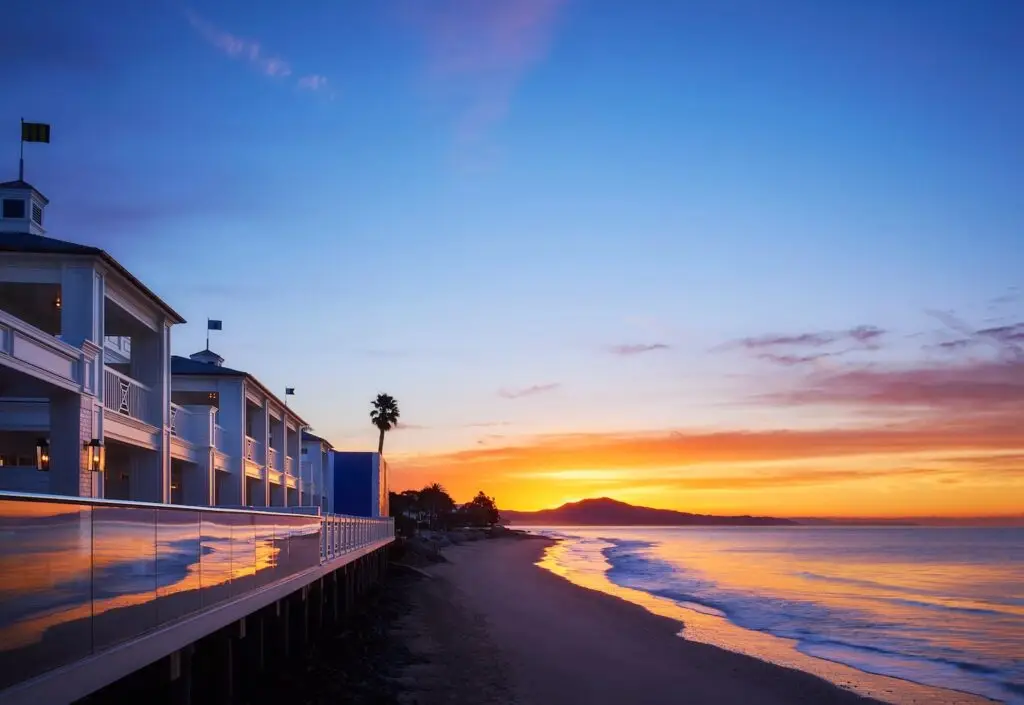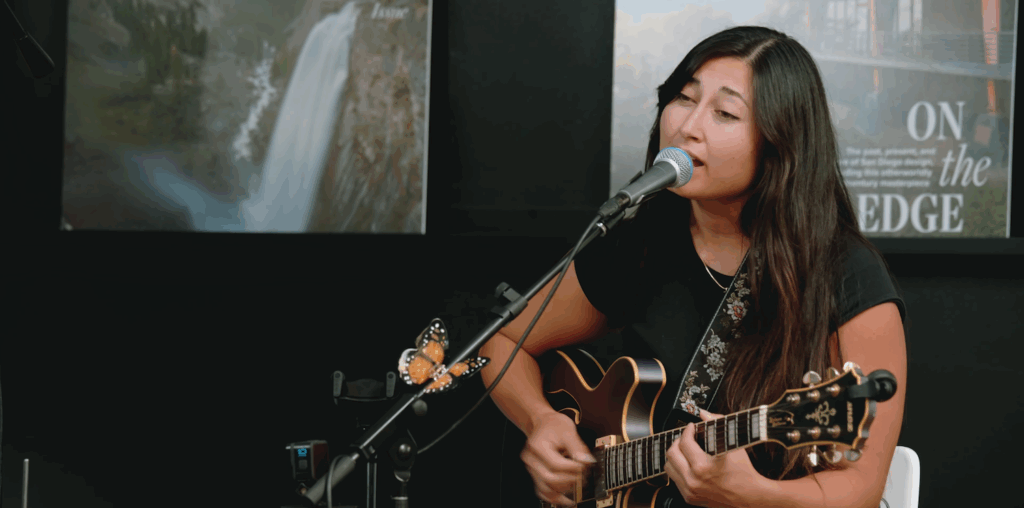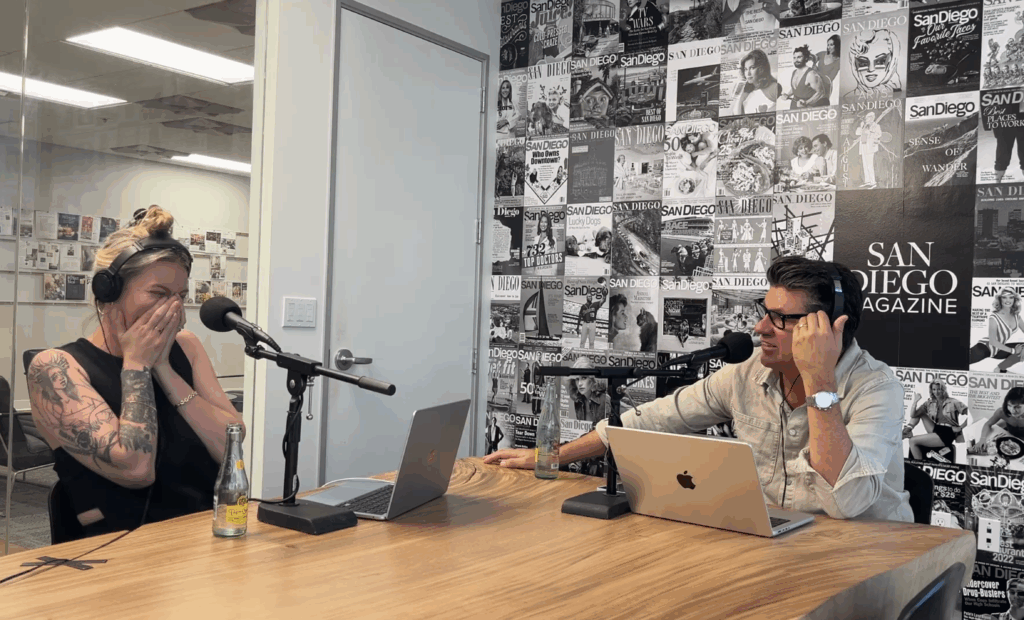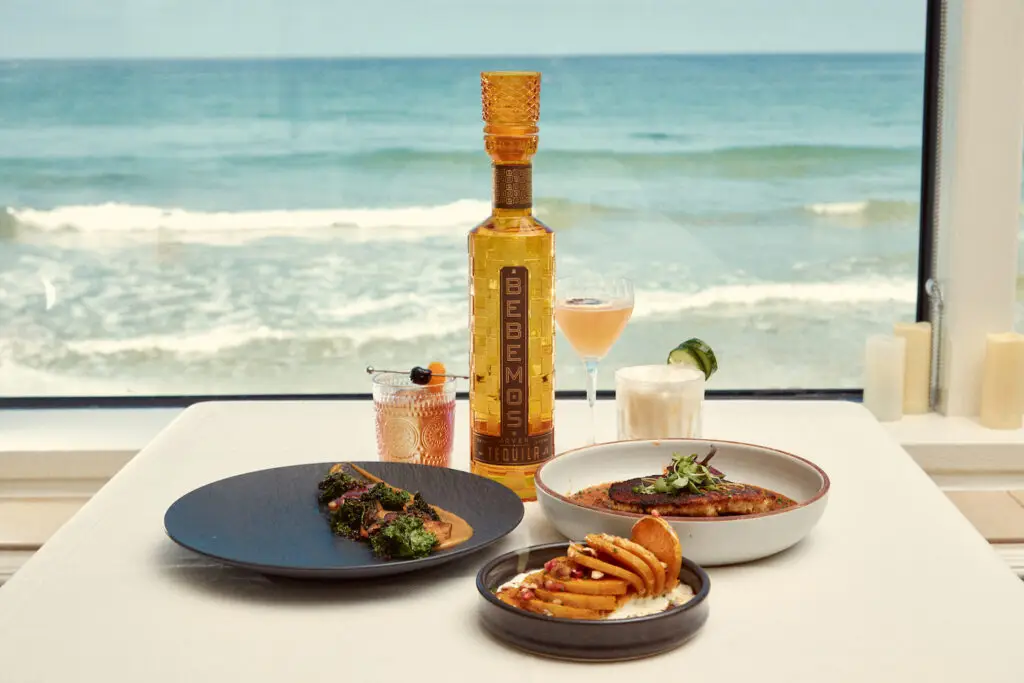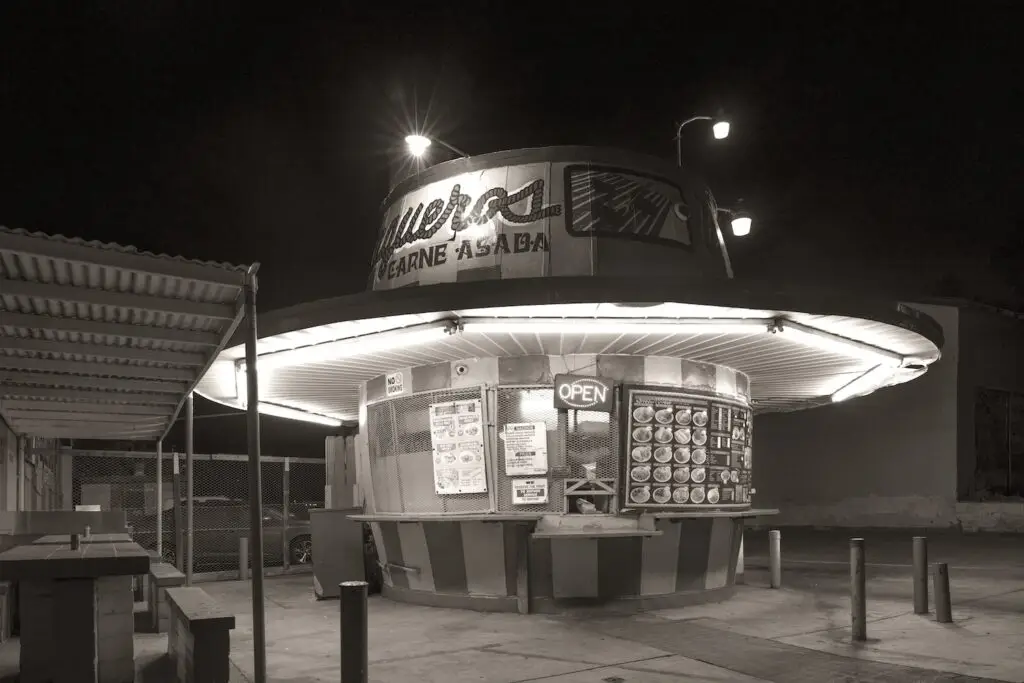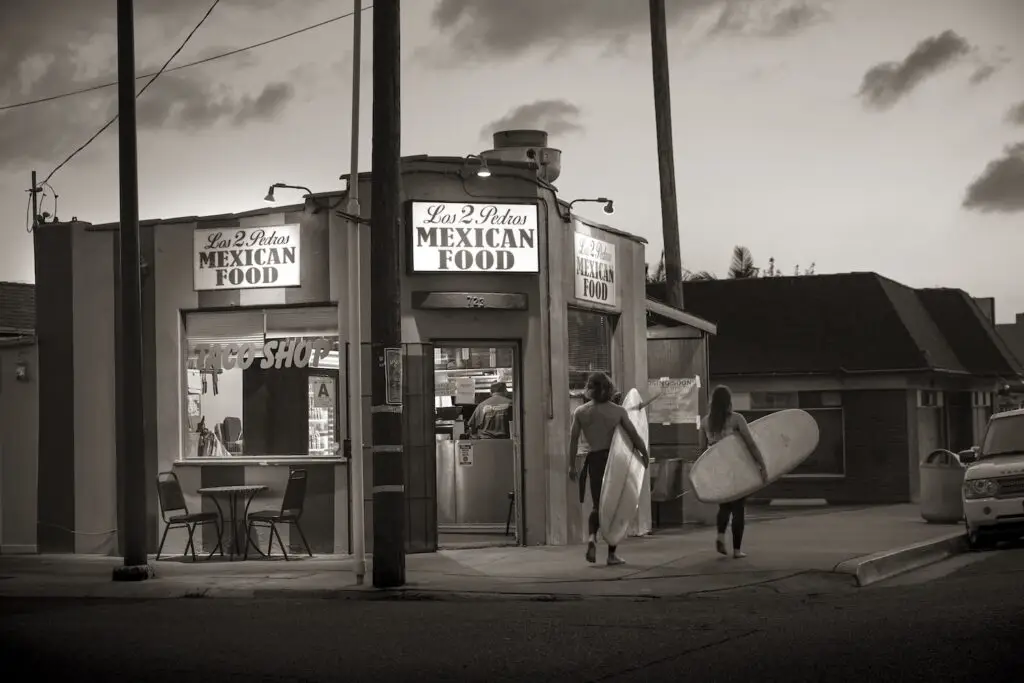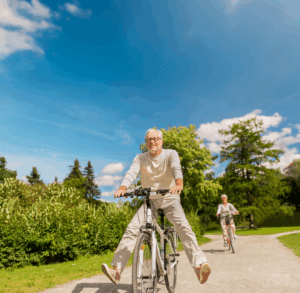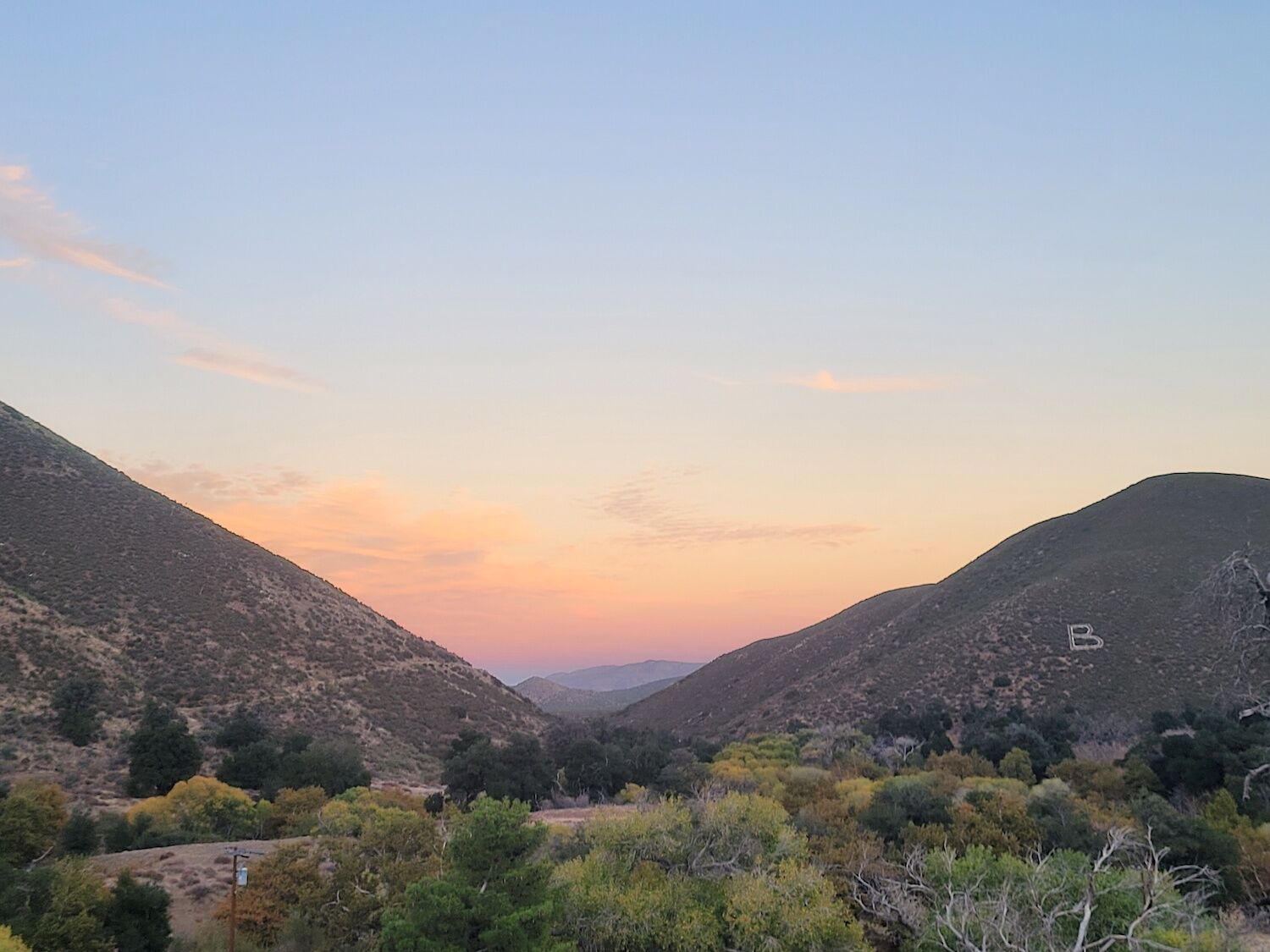
visit Julian
Photo Courtesy of Visit Julian
In our era of 24/7 digital connectedness it’s a peculiar (if predictable) irony that most of us spend more time gawking at other people’s experiences instead of having adventures of our own. It was with all of this in mind I found myself chasing my friend’s wheel as we pedaled on the Pacific Highway, leaving San Diego for the weekend.
When my friend and I had the idea for a weekend-long bike ride on some roads less taken, I was all in. Our plan was to ride south, turning east in Chula Vista, before veering north toward Alpine, Descanso, ending in Julian—if we made it that far. Our route was vague—a ribbon of lines we had “mapped out” based on portions of the Stagecoach 400—though we’d agreed that, in the spirit of adventure, we would ride as little asphalt as possible. Luckily the wealth of bike paths, unpaved roads, and trail networks in San Diego county gave us plenty of options to dust our tires.
If you’d like a little inspiration for your next microadventure, read below to check out our exact route (with food stops!) and a few tips on planning your own trek.
Meeting at Presidio Park at dusk, our bikes loaded with gear, we rode along the San Diego bay to the Sweetwater Bikeway, then further east through Chula Vista. After a dozen or so miles (and a stop at Taquería Revolución for burritos) we hit our first patch of gravel, well after dark, on the Sweetwater Trail.
Winding through the park, around the Chula Vista and Bonita Golf clubs, the trail eventually brought us across a bridge over the South Bay Expressway, past the Sweetwater Campground and to the Sweetwater Reservoir itself. At times the riding was smooth and quick, at others slow and rocky, and muddy. After roughly 40 miles of riding, we called it quits, and settled in for the night.
Saturday broke with crisp blue skies and we worked our way around the Sweetwater Reservoir before continuing northeast through the San Diego National Wildlife Refuge toward Jamacha. This time the terrain was primarily rugged single track, better suited to full suspension mountain bikes than our rigid gravel frames. Thankfully, our 700c wheels let us roll over most of the debris on trail and we resigned to hike-a-bike only the steepest, most technical sections. Skirting Rancho San Diego we cut further east, struck pavement again at Dehesa Road and turned onto the gravel of Sloane Canyon Road which winds its way through the foothills.
Rising through the hills, we continued onto Stallion Oaks Road which we took to the Sequan Truck Trail, Tavern Road into Alpine center, and eventually made a stop at Mike Hess for pizza and beer. We then set off to Viejas Grade Road, a scenic route that curves north and east, behind Viejas Casino. Viejas Grade Road begins paved, cutting through fields dotted with livestock at its base, before rising at a steady grade uphill where the asphalt abruptly changes to gravel.
The incline itself was manageable, and the views of the valley in the late afternoon sun made the effort worth it. After roughly six miles we crested the ridge marking the end of the grade and the beginning of a fast, fun descent to Descanso.
By Sunday morning we were behind schedule, having underestimated the ruggedness of some of the trails along the route, and our dreams of reaching Julian began to waver. We chose to head back to San Diego, leaving Descanso and heading down into Alpine.
Stopping at CroBean Cafe & Bakery we warmed ourselves with fresh scones and lattes before continuing to Olde Highway 80. From there we took the most direct, and practical cycling route we could, turning onto Lake Jennings Park Road, then Mapleview Street, and Channel Road, before reaching the Walker Preserve Trail.
Before long, we were on main roads again and onto the Father Junipero Serra Trail. Besides a couple minor spills on rough terrain, we’d made it through the weekend unscathed, and decided to enjoy one final libation at The Library Tavern on Mission Gorge Road in celebration of our ride. A pint of Ballast Point Hazy Sculpin later we were pedaling through the final miles of our trip.
While the weekend may not have been “epic” by adventure influencer standards, it had been exactly what we’d needed it to be: a micro adventure that shook us out of our routine and helped us better appreciate the abundance of the parks, trail systems, and nature within riding distance of San Diego. I was barely home before I was already planning my next ride.
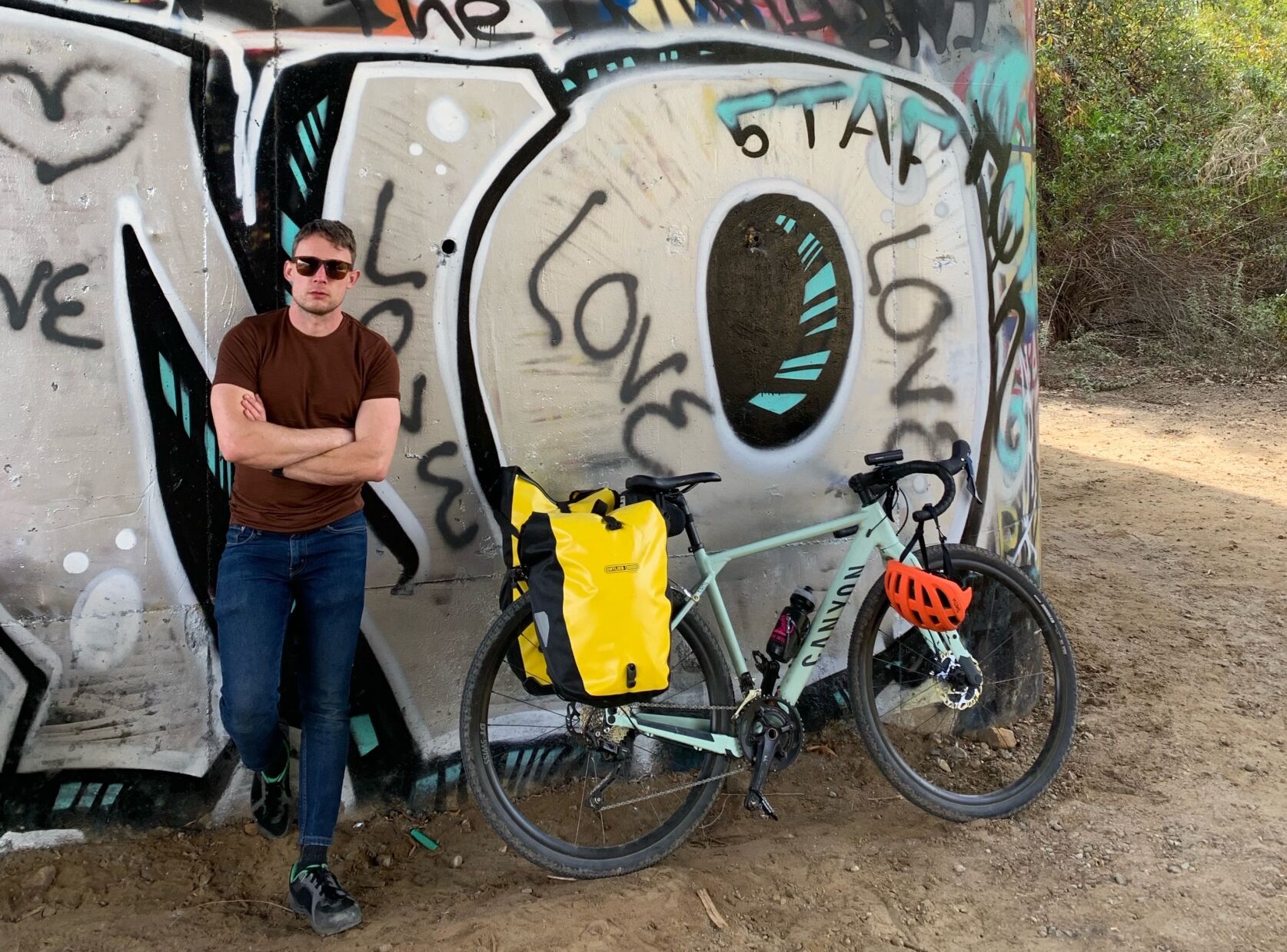
collin bike story
Three Essential Tips to Planning Your Own Bike-Packing Microadventure
Plan Your Route
It seems self-explanatory, but planning is essential on a trip like this. Know where you’re going and how you’ll get there. There are plenty of GPS apps that let you view maps and organize your excursion.
We used Ride with GPS and Google Maps, but Gaia GPS is an excellent option for hikers, cyclists, and overlanders, as well. AllTrails is another great choice with solid free and paid features. Strava has route building capabilities, and is a popular option for cyclists, and Wahoo, Hammerhead, and Garmin offer bike computers with GPS capabilities.
Prepare Your Gear
Match your equipment to the type of riding you’ll do. For the route above, a gravel bike that’s purpose built for on- and light off-road riding is recommended. The Canyon Grizl 6 AL provides exceptional value for those on a budget, and classics like the Surly Cross-Check can easily be built in a gravel format, too. Semi-knobby tires, like the Maxxis Rambler are a must for sure-footed hold over rougher terrain that will still roll well on paved surfaces.
Bike racks, water bottle cages, panniers, frame bags, and fenders all go a long way in helping you comfortably carry your gear. Think about the trip you’re planning to determine what you’ll need. There’s no one perfect way to pack your bike, so experiment with different combinations and figure out what works best for you. No matter what type of riding you plan on doing, a good set of front and rear bike lights is a must.
Don’t Skimp on Nutrition
…but don’t overthink it, either. Hydration will be your biggest concern, so make sure you carry enough water and consider using electrolyte tablets. For food, consider gels as a quick source of calories, and things like bananas, noodles, peanut butter sandwiches, tuna, and candy.
Most people require between 100-200 calories per hour during sustained exercise, so pack enough nutrition to meet those needs, at a minimum. Bonking during a ride can have serious health and safety consequences, so bring more food than you think you’ll need. It’s better to carry a few extra ounces of food than to find yourself struggling on a ride, wishing you’d brought that bag of trail mix after all.
